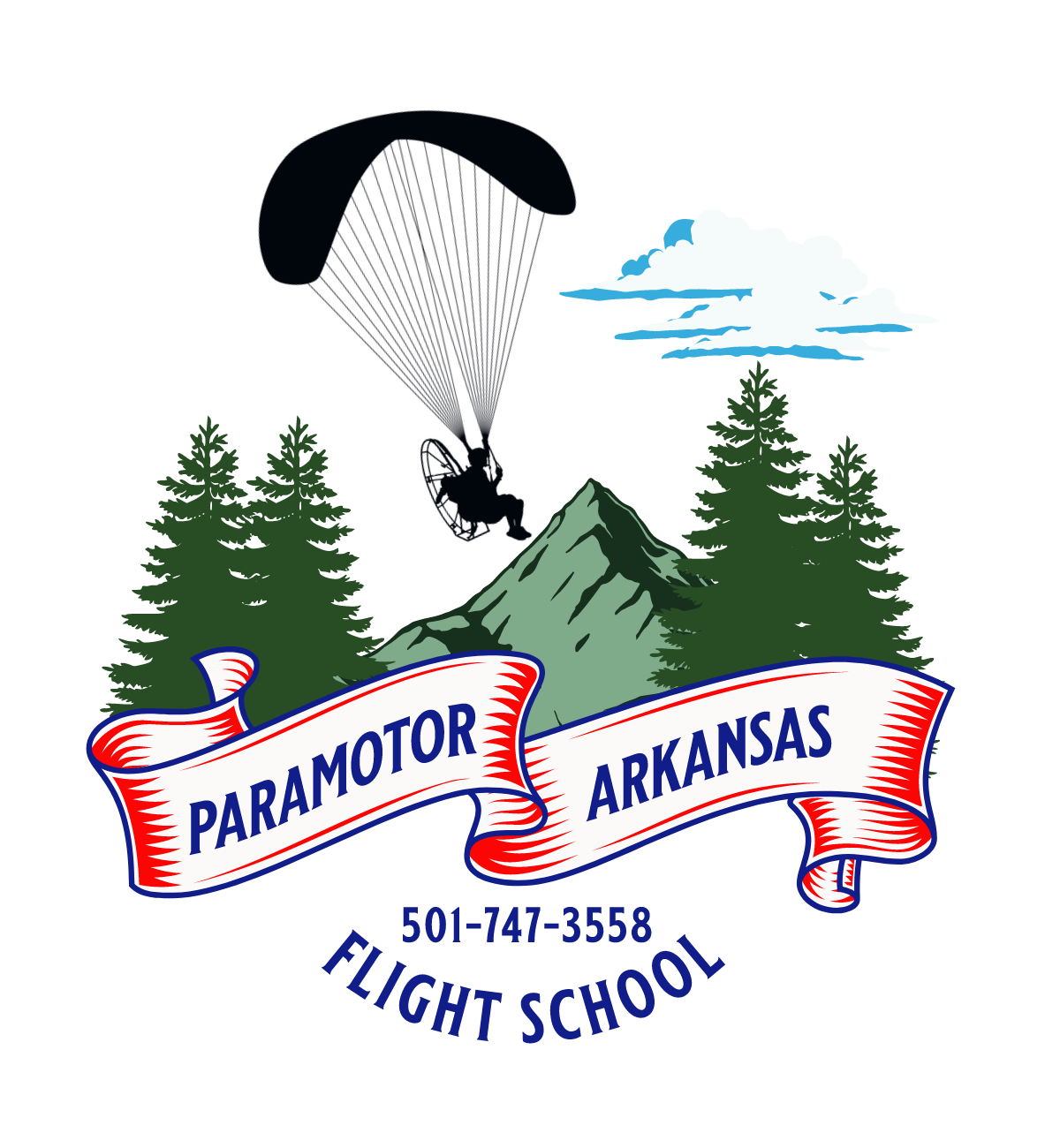How do I navigate airspace when paramotoring?
Navigating airspace is a crucial aspect of paramotoring to ensure safety and compliance with regulations. Here's a detailed guide:
-
Understand Airspace Classes:
- Familiarize yourself with the different classes of airspace, including Class A, B, C, D, E, and G. Each class has specific regulations regarding entry, communication, and equipment requirements.
-
Study Aeronautical Charts:
- Obtain and study aeronautical charts for your flying area. These charts provide information on airspace boundaries, altitudes, and any special restrictions.
-
Use Aviation Apps and Tools:
- Utilize aviation navigation apps or GPS devices designed for pilots. These tools often include features to display airspace information, helping you stay aware of your location relative to airspace boundaries.
-
Contact Air Traffic Control (ATC):
- In controlled airspace (Class B, C, D), contact the appropriate ATC facility for permission before entering. Be prepared to provide your position, altitude, and intentions. Listen to ATC communications to be aware of other aircraft in the area.
-
Transponder Requirements:
- Some airspace classes and specific areas may require you to have a transponder. Ensure your paramotor is equipped with one if necessary.
-
Learn Restricted and Prohibited Areas:
- Be aware of restricted and prohibited areas, which may have specific entry restrictions or are off-limits. These areas are often marked on aeronautical charts.
-
Stay Informed About Temporary Flight Restrictions (TFRs):
- Keep updated on TFRs, which are temporary restrictions due to special events or hazardous conditions. Check NOTAMs (Notices to Airmen) for the latest information.
-
Maintain Communication:
- If flying near airports or in controlled airspace, maintain radio communication as required. Use the appropriate frequency to communicate with ATC or other pilots.
-
Use Visual References:
- Use visual references on the ground to determine your position relative to airspace boundaries. Landmarks, roads, and geographical features can help you navigate.
-
Emergency Procedures:
- Familiarize yourself with emergency procedures, including how to quickly descend to lower altitudes or navigate away from controlled airspace in case of unexpected situations.
-
Attend Training and Get Certified:
- Consider taking formal paramotor training courses, where instructors provide guidance on airspace navigation. Obtain any required certifications or licenses.
-
Adhere to Regulations:
- Always comply with aviation regulations and follow established procedures. Being a responsible and informed pilot contributes to overall safety in the airspace.
Remember that airspace regulations may vary between countries, so it's essential to be aware of and adhere to the specific rules governing the airspace in your region. Regularly check for updates and changes to ensure you have the latest information for your flights.
